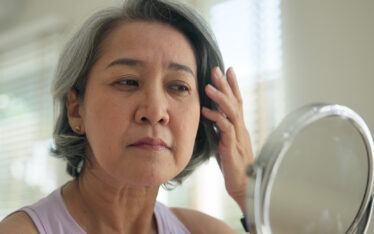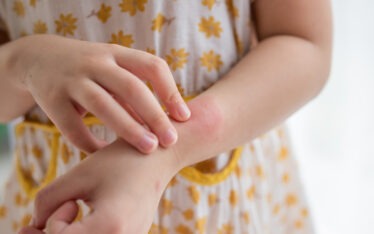Seborrheic Dermatitis: When Those Flakes Aren’t Snowflakes . . . What Is It?!?

Seborrheic dermatitis is an overgrowth of normal yeast on the skin that presents as robust dandruff. This often occurs in oily areas including scalp, eyebrows, creases between cheeks and mouth, ears, neck, chest and upper back. These areas can be itchy. This condition can seem like stubborn dry skin that does not respond to normal moisturization.
What does it look like?
This condition can vary from fine, dry white scale to yellow, greasy thick scale. In severe cases, a red swollen rash can occur under the scale.
How is this condition treated?
Seborrheic dermatitis is easily manageable with topical anti-yeast and topical steroid therapies. Oral therapy is sometimes initiated for stubborn cases. Seborrheic dermatitis is a chronic issue that tends to recur. There is no cure for this condition. However, your Clarus Dermatology provider can help create a regimen that helps reduce flares and make you feel more comfortable.
Seborrheic dermatitis can have similar symptoms and characteristics to psoriasis, sebopsoriasis, atopic dermatitis, tinea infections, rosacea and more. It is important to be properly evaluated by a dermatology provider to determine the correct diagnosis and treatment plan.
Tip**
Do not sleep with wet hair, if possible. This creates a wet, warm environment that can allow yeast to flourish.
_____________________________________
Source:
H., D. J. G., & Habif, T.P. (2021). Habif’s Clinical Dermatology: A Color Guide to Diagnosis and Therapy. Elsevier.
Seborrheic Dermatitis



